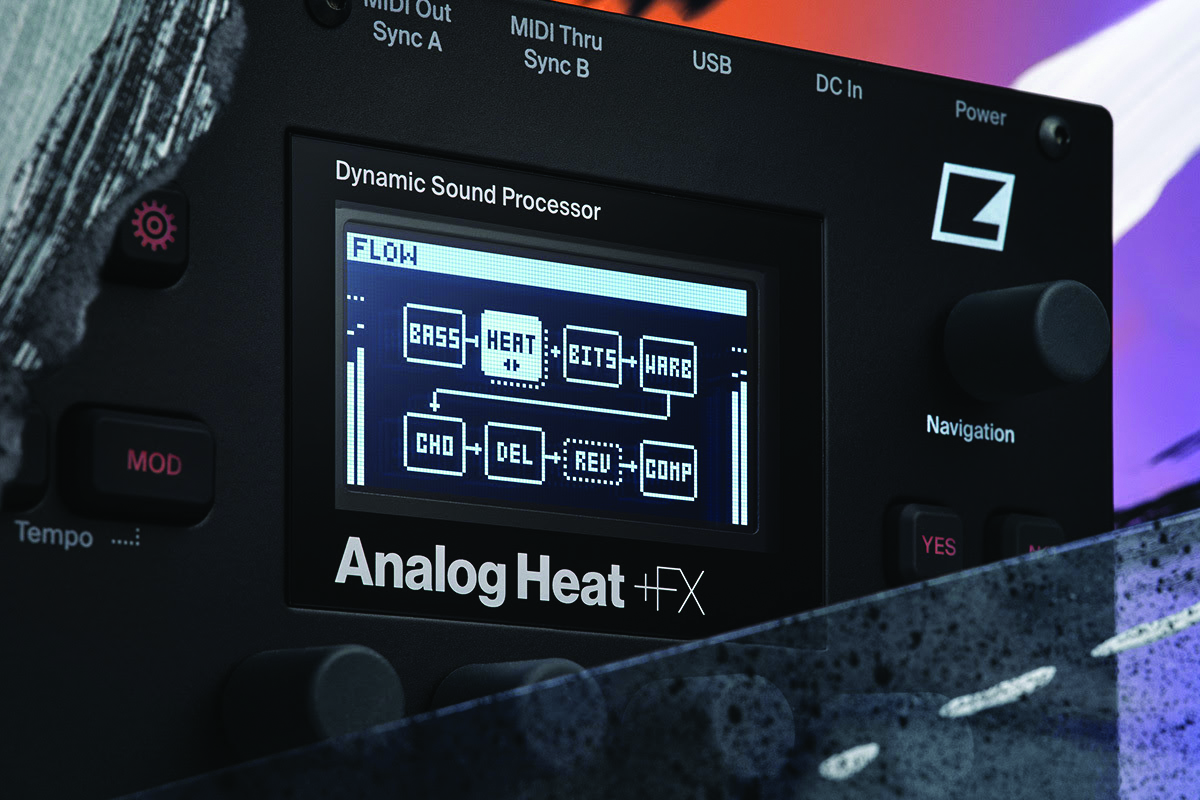5 creative sound design tips: "Try pairing pitch and frequency shifters working in opposing directions for oddball results"
Here are a few ideas and approaches to help you make more interesting and unique sounds

When it comes to tools and techniques for creative sound design, the modern producer is spoilt for choice: even those who can't afford expensive plugins and processors will be able to craft original and inventive sounds using the tools available to them in any DAW.
All it takes is a little ingenuity and some experimental thinking. With that in mind, let's explore five creative strategies for creating unexpected and unfamiliar sounds.
1. Chain simple effects
Even mundane effects processors can become vital components in your sonic adventures when several plugins are chained together. A good way to approach adventurous sound design, therefore, is to purposely stack up several EQs, distortion stages, modulation effects, reverb treatments and other creative effects.
Multiple variations on the same theme can have interesting effects – for example, several phasers that are placed one after the other can create watery, slippery tones, or try pairing pitch/frequency shifters working in opposing directions for oddball results.
2. Aimless sound design
It’s often easiest to produce truly unique sounds when doing so without a specific compositional purpose in mind. Open up an empty DAW session and start running varied sound sources through unusual combinations of effects just to see what weird and wonderful sounds you can come up with, then render the results to audio.
Not only will this help you escape from traditional compositional workflows, but you also end up collating stacks of fancy new audio samples that can be squirrelled away for use later down the line.

3. Rinse and repeat

‘Resampling’ is one of the most effective ways to radically warp sounds. In a nutshell, it involves processing a sound with creative effects, rendering it to audio, and then processing the results with effects again.
Want all the hottest music and gear news, reviews, deals, features and more, direct to your inbox? Sign up here.
Not only is this handy for saving CPU load – allowing you twice the amount of radical sound shaping – but also, effects baked into an audio file will respond to fresh processing in different ways to ‘live’ effects. For example, rendered modulation will change in tempo as you alter the pitch of the audio.
4. Think stereo
One of the things that sets pro-sounding tracks apart from amateur ones is careful consideration of the stereo field. When using effects to overhaul and enhance sounds, consider how you can widen them too. The simplest way to do this is with stereo effects such as ping-pong delays, phasers, etc.
However, consider duplicating mono sounds and processing them with independent left/right effect chains. Subtle differences between effects will create stereo width, while radical differences and create unique new sounds that will play across the stereo field.

5. Modulate!

Don’t think of effects as simple on/off tools. Most modern effects offer some form of modulation source: often an LFO, envelope follower or sequencer, which you should make full use of to keep your sounds interesting over time.
For example, rather than simply distorting a sound, use filters to alter the tonality of the distortion as your track progresses. Instead of a basic delay effect, use modulation to ramp up the feedback to create builds before a drop or breakdown. If your effect doesn’t have the necessary modulation tools itself, automate it using your DAW.
I'm the Managing Editor of Music Technology at MusicRadar and former Editor-in-Chief of Future Music, Computer Music and Electronic Musician. I've been messing around with music tech in various forms for over two decades. I've also spent the last 10 years forgetting how to play guitar. Find me in the chillout room at raves complaining that it's past my bedtime.